MITOGROW AND
sustainability
The Focus: Sustainability and Regenerative Agriculture
According to the United Nations, the entirety of the food and agriculture industry contributed 31% of all human-caused greenhouse gas emissions in 2020.1 Farmers and growers in the U.S. contend with severe weather events, rising costs, crop diseases, and supply chain issues on a daily basis, not to mention the ecological effects of large-scale agriculture. To combat negative impacts of commercial agriculture on the environment, growers and producers are turning to a more holistic approach including sustainable practices and regenerative agriculture.
SUSTAINABILITY IS THE PRACTICE OF USING NATURAL RESOURCES RESPONSIBLY TODAY SO THEY ARE AVAILABLE FOR FUTURE GENERATIONS TOMORROW.²
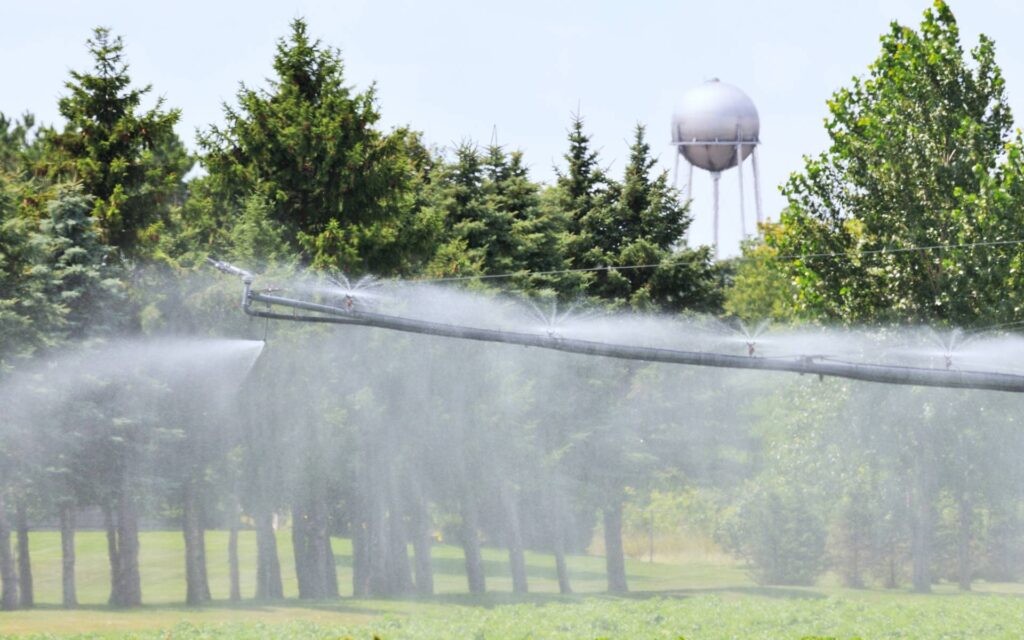
REGENERATIVE AGRICULTURE
consists of practices that focus on the health of the ecological system as a whole, and can include: improving soil health, increasing biodiversity, aiding in carbon sequestration, incorporating humane treatment of livestock and farm workers, and improving the overall larger ecosystem.³
How does MitoGrow fit into regenerative agriculture sustainability?
Our innovative Aqua 3-IA is a microbial + biological biostimulant that has a version that is registered with the EPA for use on food crops, as well as landscape plants and trees. While not a fertilizer, it’s designed to be used in combination with them while allowing for:
The unique combination of IBA (Indole-3-butyric acid), a rooting agent and naturally occurring plant hormone, along with other living biologicals and vitamins creates a distinct product that only MitoGrow can offer.
THERE IS NOTHING ON THE MARKET LIKE AQUA 3-IA.
Our patented formula for Aqua 3-IA can be sold under two different labels:
EPA-APPROVED OR EPA VITAMIN HORMONE EXEMPTION. Our product is designed to assist and encourage crop, tree, and plant growth while using less fertilizer and less water resulting in less nutrient runoff, all while allowing plants to thrive under most any conditions — with the ultimate goal of protecting our planet.
Biostimulants such as Aqua 3-IA are crucial to carbon sequestration, the process of capturing and storing atmospheric carbon dioxide in vegetation, soils, woody products, and aquatic environments.4 By encouraging plant growth, more CO2 can be captured, removing it from the atmosphere and storing it as soil organic carbon.
Texas A&M Center for Greenhouse Gas Management in Agriculture and Forestry
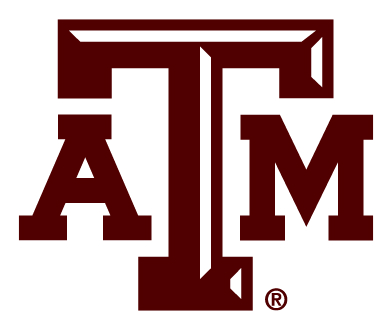
In February 2023, the Texas A&M Board of Regents approved the Center for Greenhouse Gas Management in Agriculture and Forestry with the goal of advancing the abilities of the agriculture and forestry industries to strive toward a minimal carbon footprint, ultimately reaching net-zero carbon emissions. The Center was formed as a response to greenhouse gas emissions in the U.S., which constituted the second highest percentage in the world at 15% as of 2019 according to the EPA.
MAJOR CORPORATIONS ARE LISTENING
AND TAKING ACTION
to foster consumer relationships and brand loyalty by making the switch to regenerative agricultural practices. Getting on board with sustainability is vital to moving forward in today’s economy.
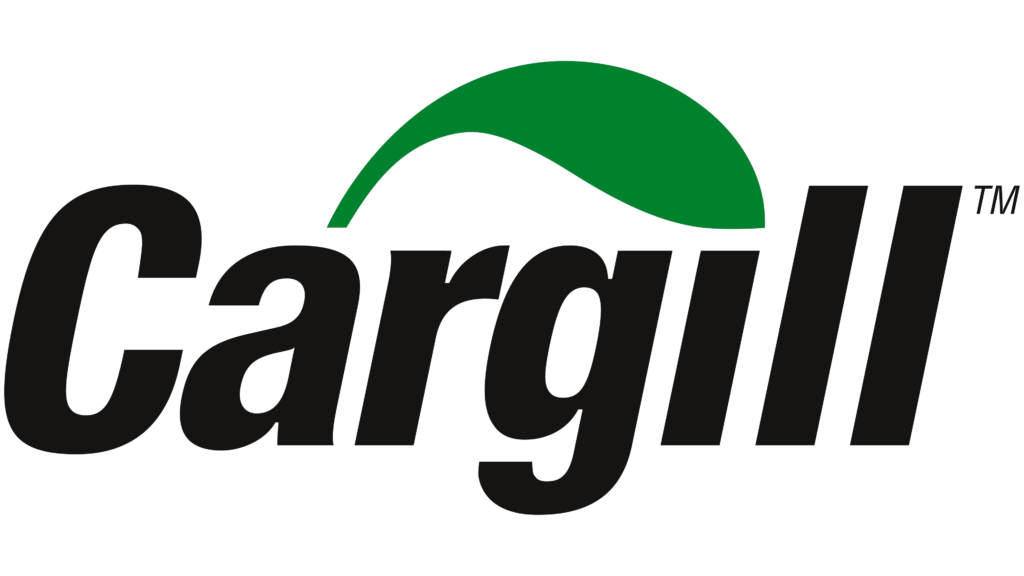




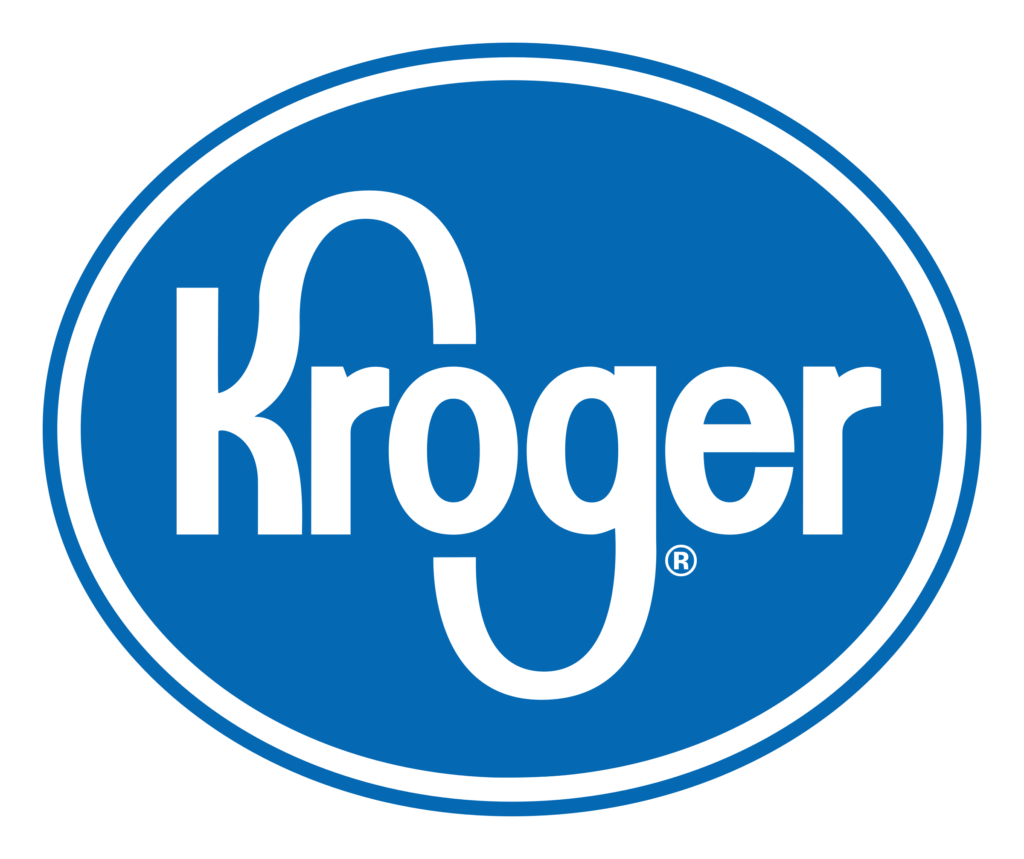

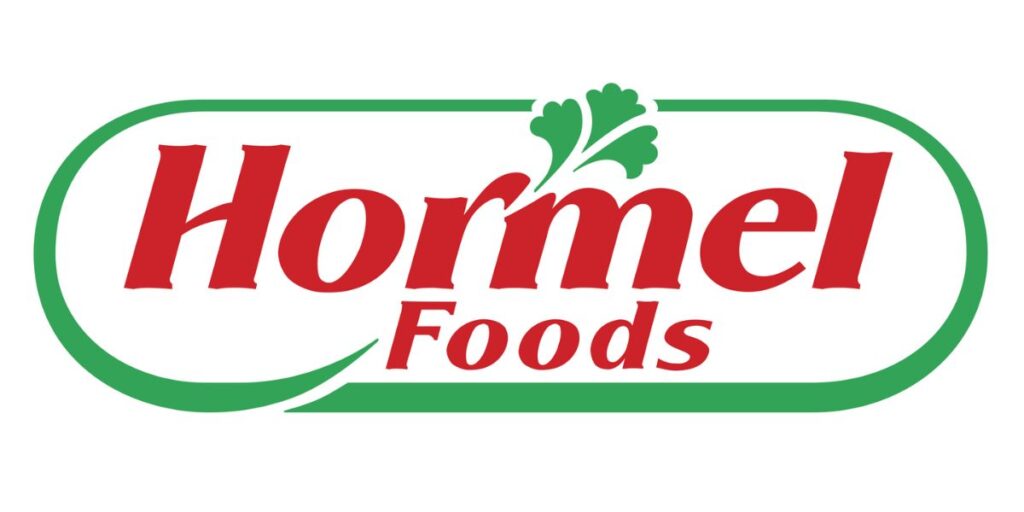
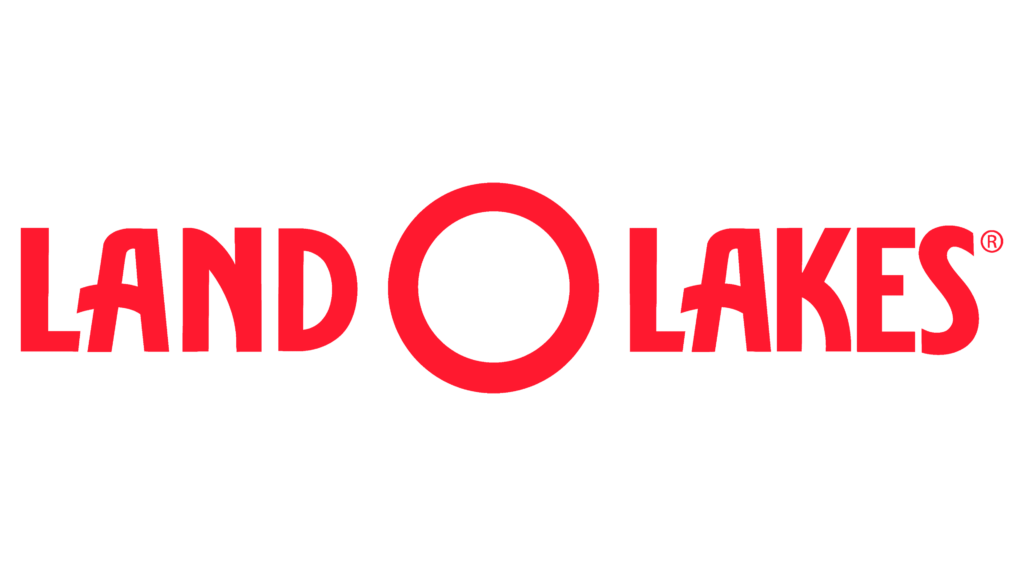



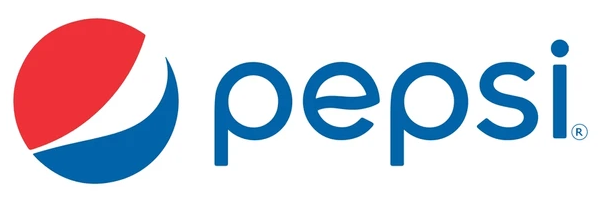





According to Nielsen, 75% of millennials are altering their buying habits with the environment in mind.5
This isn’t just a trend — this is a permanent and necessary shift.
GROWTH AND MARKET SIZE
Of Biologicals (In Green) Vs. Synthetics (In Blue)
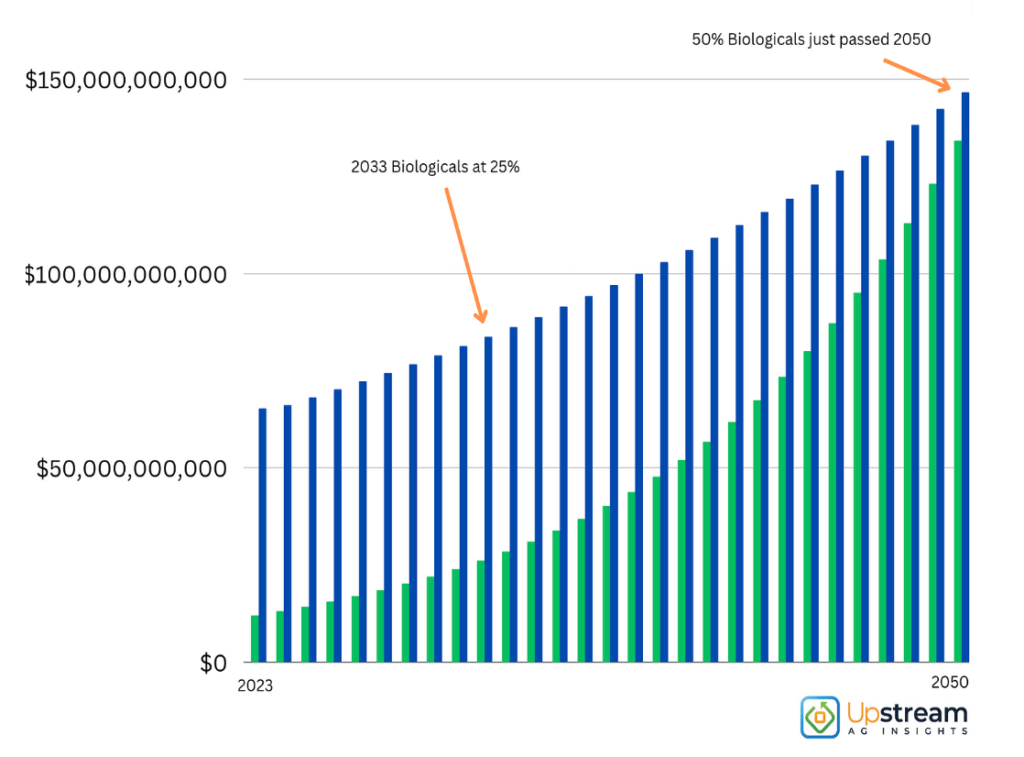
Number on
the left is
market value
in billions
Using 9% CAGR in biologicals starting from $12,000,000,000 and 3% CAGR in synthetic CP starting from $65,000,000,000. Biological crop protection compared to biostimulants are forecast to grow at differing rates.
The
Commitment
MitoGrow is committed to helping major companies, retailers, and consumers move toward a more sustainable future for agriculture and food production, landscaping, tree care, and other growing ag-based industries.
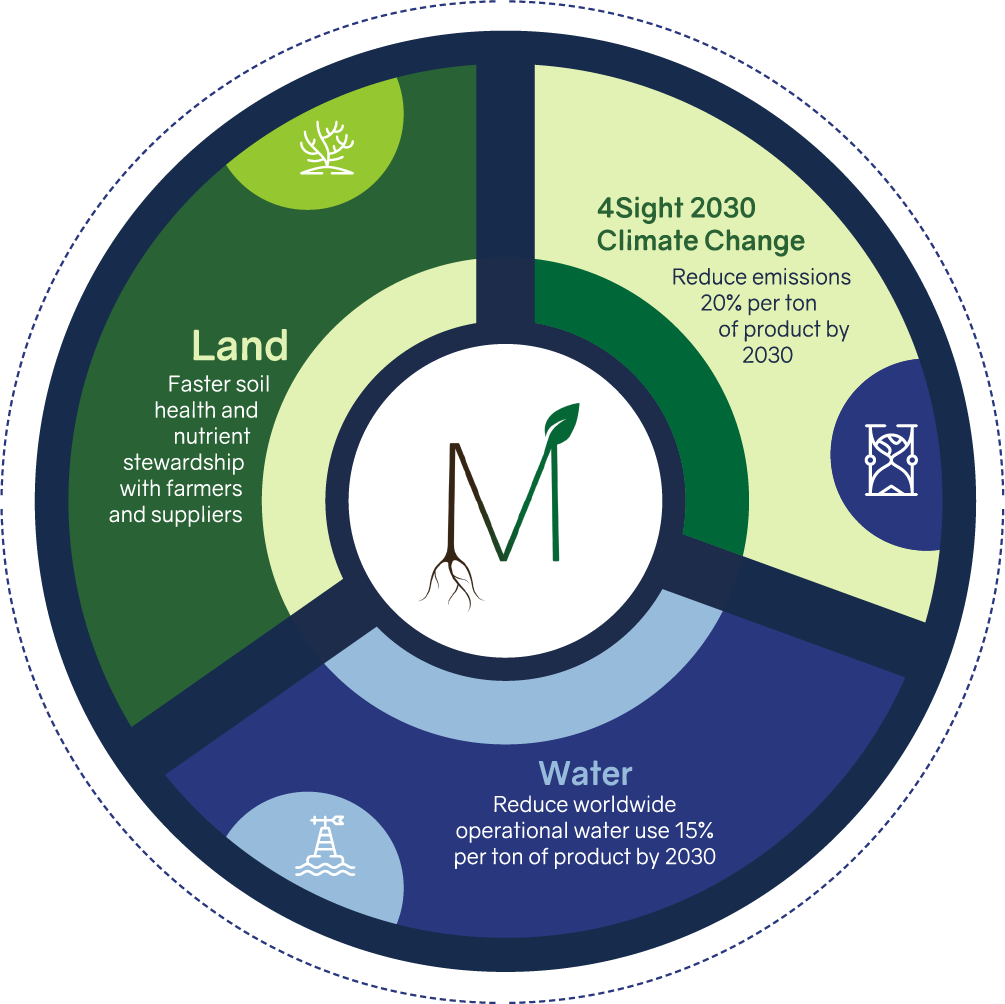
1. “Food Companies Look to Measure How Soil Captures Carbon” wsj.com, Feb. 28, 2023,
2. Education.nationalgeographic.org/resource/sustainability
3. “What is regenerative agriculture?” sustainableamerica.org, May 24, 2021,
4. usgs.gov/faqs/what-carbon-sequestration
5. “Regenerative Agriculture: The Next Trend in Food Retailing,” forbes.com, Aug. 19, 2021
